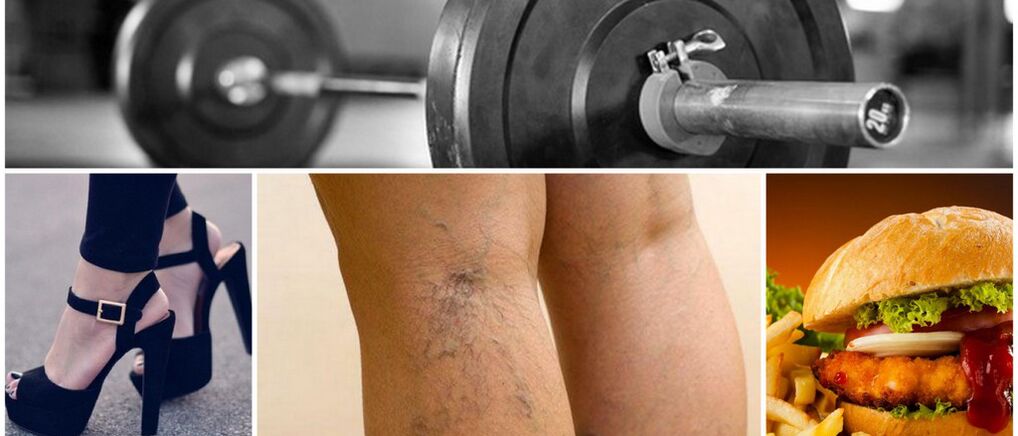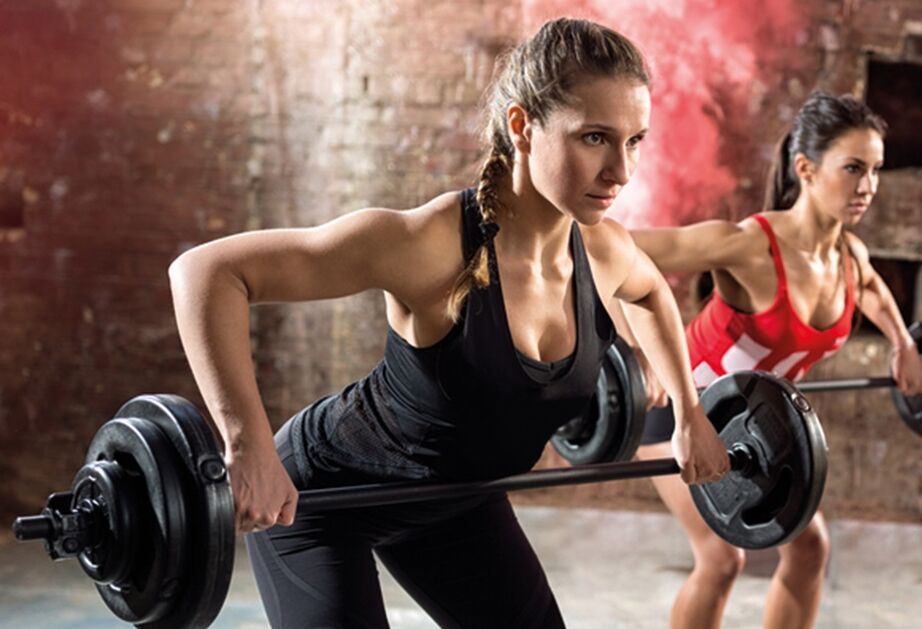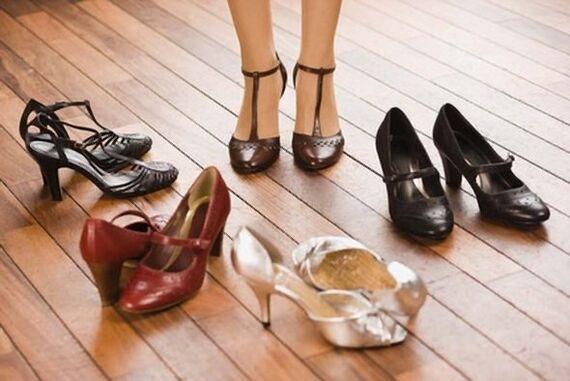If the veins are dilated, there are contraindications for varicose veins on the legs. You need to change your lifestyle, give up bad habits, saunas, intense physical activity and hormonal contraceptives. It is recommended to choose the right shoes and follow a diet. Certain types of massages, hair removal and tattoos are also prohibited.

What are the contraindications?
Alcohol and tobacco
Complications of varicose veins in the legs due to bad habits pose a threat to life.
For varicose veins, alcoholic beverages are strictly contraindicated. Once in the body, alcohol first has a vasodilator effect, increasing blood flow to the legs. Then vasospasm occurs, which causes blood stagnation. In addition, with varicose veins, the vascular walls are weakened and thinned, so there is a risk of venous rupture and bleeding. Nicotine also contributes to vasoconstriction and the formation of blood clots.
Taking hormonal contraceptives
The use of hormonal contraceptives causes women to have high levels of progesterone, which contributes to dilation of the veins. As a result, the functioning of venous valves is disrupted, blood flow deteriorates, and the tone of the vascular walls decreases. Hormonal contraceptives also increase the viscosity of blood plasma, which leads to the formation of blood clots.

Sporting activities
If you have varicose veins, it is contraindicated to engage in strength sports, because when lifting heavy loads, significant blood flow occurs to the lower extremities. Athletics, gymnastics, freestyle skiing, snowboarding and football are also prohibited. These sports are also very traumatic. Injuries are always accompanied by swelling and poor circulation, which negatively affects enlarged veins. Hiking and swimming are recommended. This helps strengthen blood vessels and muscles and normalize lymphatic flow.
Visit the public baths and sauna
Exposure to high temperatures with varicose veins of the lower extremities can be harmful. Hot water and steam help dilate blood vessels, as the volume of blood entering them increases. Load redistribution occurs when healthy veins take over the function of the affected vessels. This leads to the formation of varicose veins in the deep veins. You can visit the bathhouse only at the initial stage of the disease after consulting a doctor. A visit to the sauna should be replaced by a visit to the infrared cabin.
Diet
In case of varicose veins, it is recommended to adapt your diet. To thin the blood, you need to drink 1. 5-2 liters of clean water per day. What you can and cannot eat is shown in the table:
| Allowed | Forbidden |
|---|---|
|
|
Way of life

To live normally with varicose veins on the legs, you must give up a sedentary lifestyle. Physical inactivity deteriorates blood circulation and contributes to obesity. It is recommended to do feasible exercises daily that improve blood circulation and strengthen muscles:
- rotational movements of the foot;
- rolling from heel to toe;
- raise the leg with one toe extended;
- roll a ball or stick placed under the foot.
If you have varicose veins, sitting cross-legged is strictly prohibited. It is recommended to sleep with varicose veins on your back, placing a bolster or hard pillow under the feet so that the lower limbs are slightly elevated. This will improve blood circulation during sleep. It is prohibited to wear accessories on the legs that pinch blood vessels.
Shoe selection

If you suffer from inflamed veins, avoid tight, uncomfortable high-heeled shoes. Wearing such shoes impairs blood supply to the lower extremities, contributes to inappropriate load on the legs and causes cramps. You should choose shoes for varicose veins correctly, adhering to the following recommendations:
- Naturalness of materials. This guarantees good ventilation, so that the foot does not sweat and there is no swelling.
- Appearance. The sole must be stable, rigid and anatomically correct. The heel is wide, no more than 4 cm high.
- Adjustable clasp. It is best to choose shoes with laces or Velcro that do not pinch your feet.
Massage sessions
If you have varicose veins, you cannot do roller, vacuum or anti-cellulite massage.Such procedures are accompanied by pressure, tapping and pinching, which can lead to injury to veins and the formation of blood clots.It is best to eliminate swelling with light stroking movements of the foot upwards. You can use a special vibrating massager or undergo hydromassage sessions. Such procedures improve blood circulation, strengthen the walls of blood vessels and saturate tissues with oxygen.
Cosmetic procedures
Taking care of your legs against varicose veins is very important. However, you should avoid procedures such as:
- tattoo;
- waxing;
- sweeten;
- hair removal using cosmetic instruments.
Such procedures are performed with heating devices that damage blood vessels and cause a rush of blood to the lower extremities. Tattooing does not solve aesthetic problems and can cause the appearance of new affected venous areas. You can hide varicose veins using sclerotherapy performed by a phlebologist. When caring for the skin of your legs, it is best to use laser hair removal services or a regular razor.

















